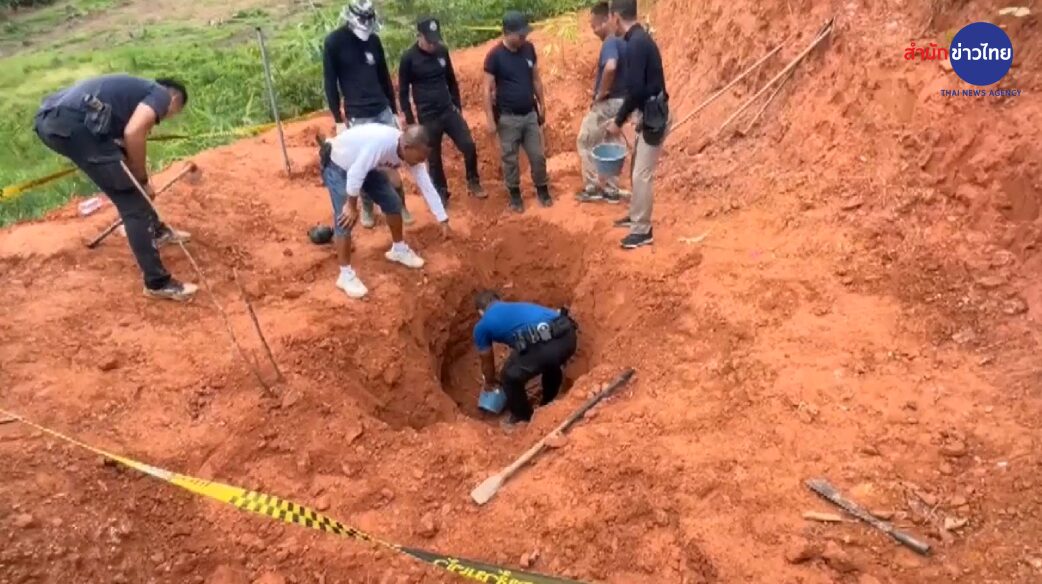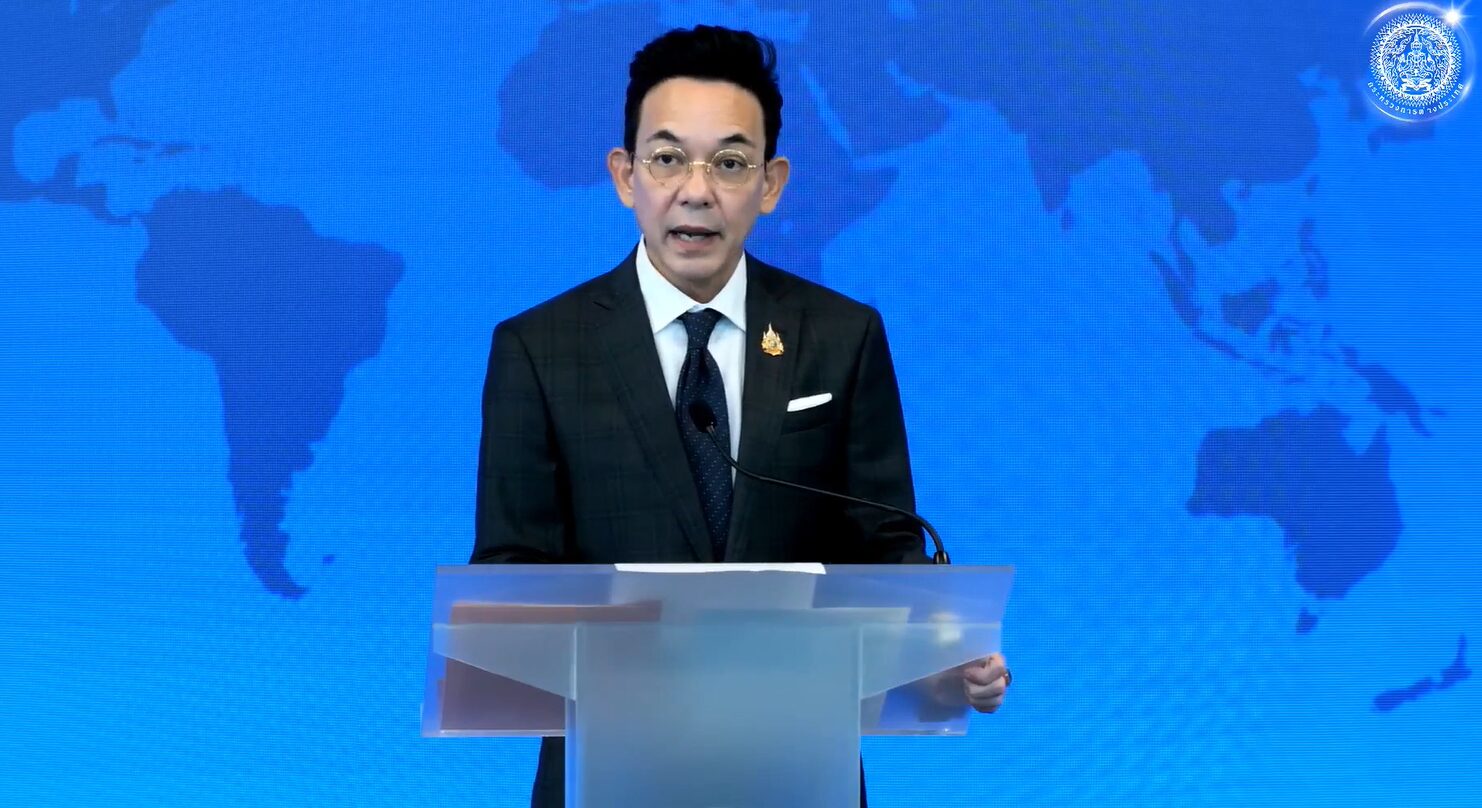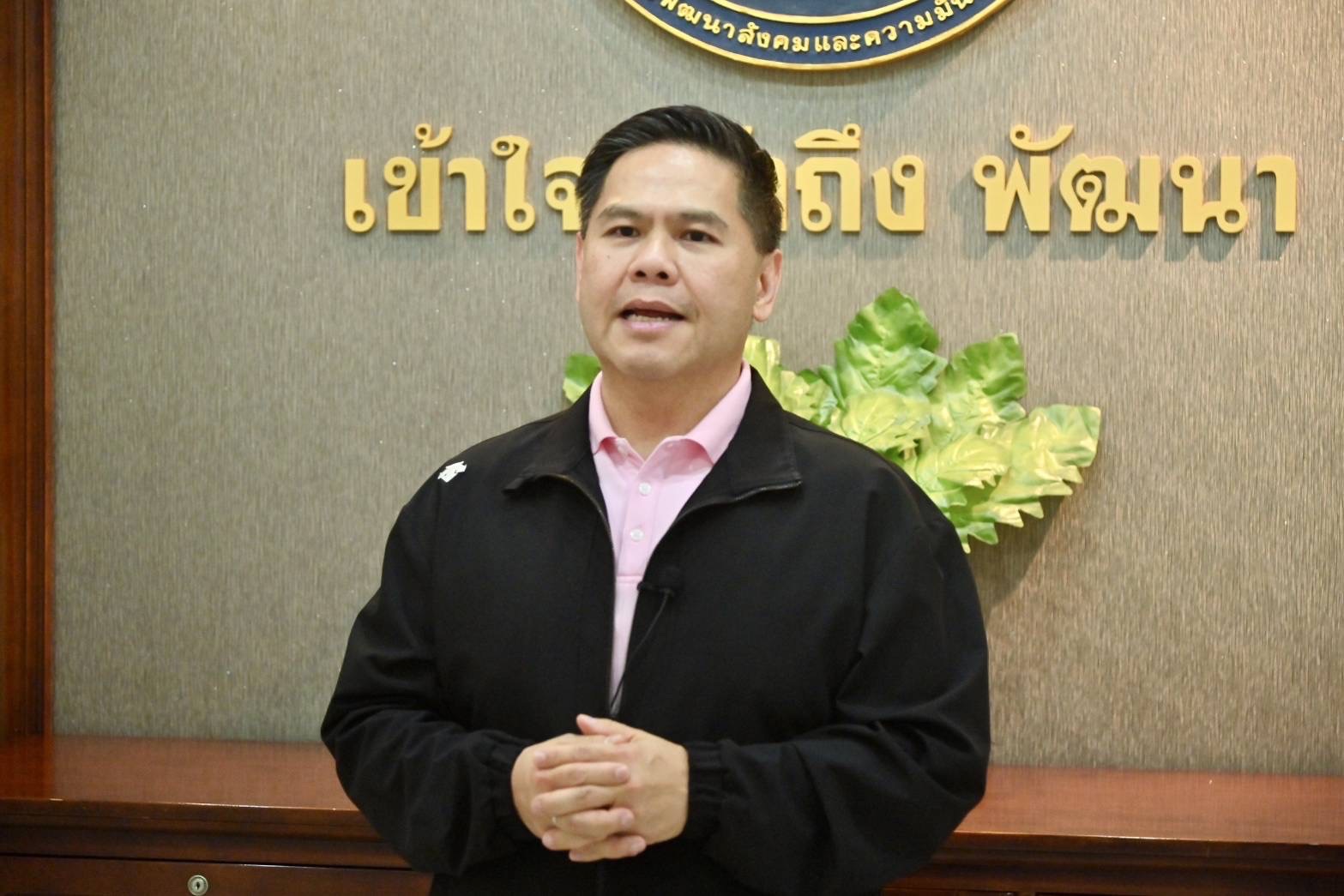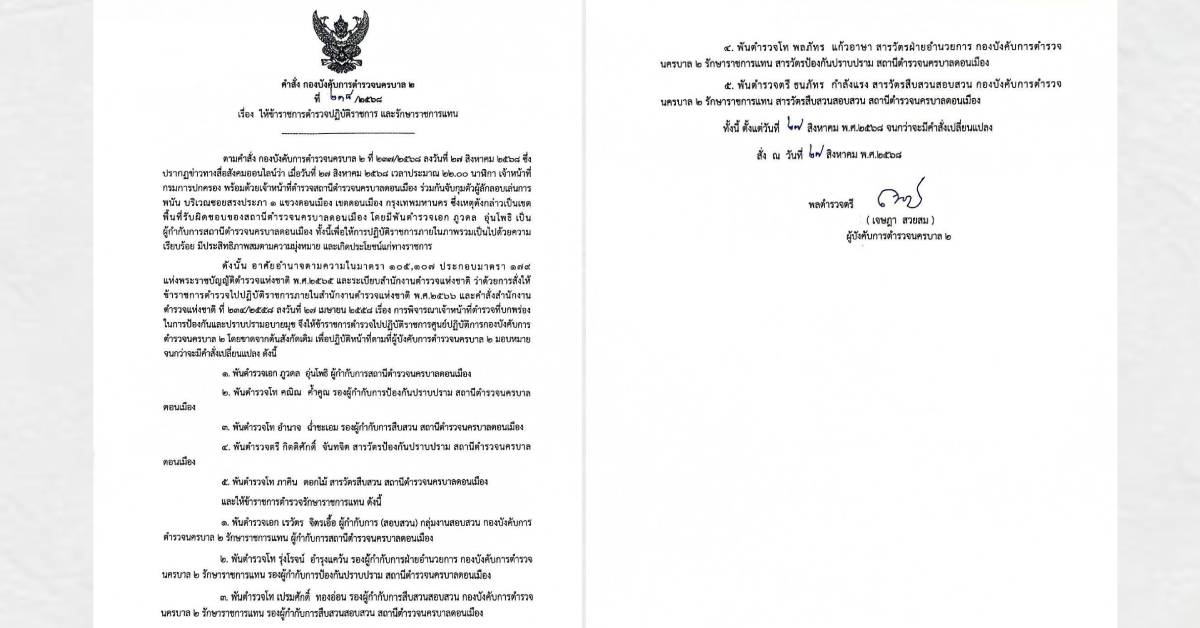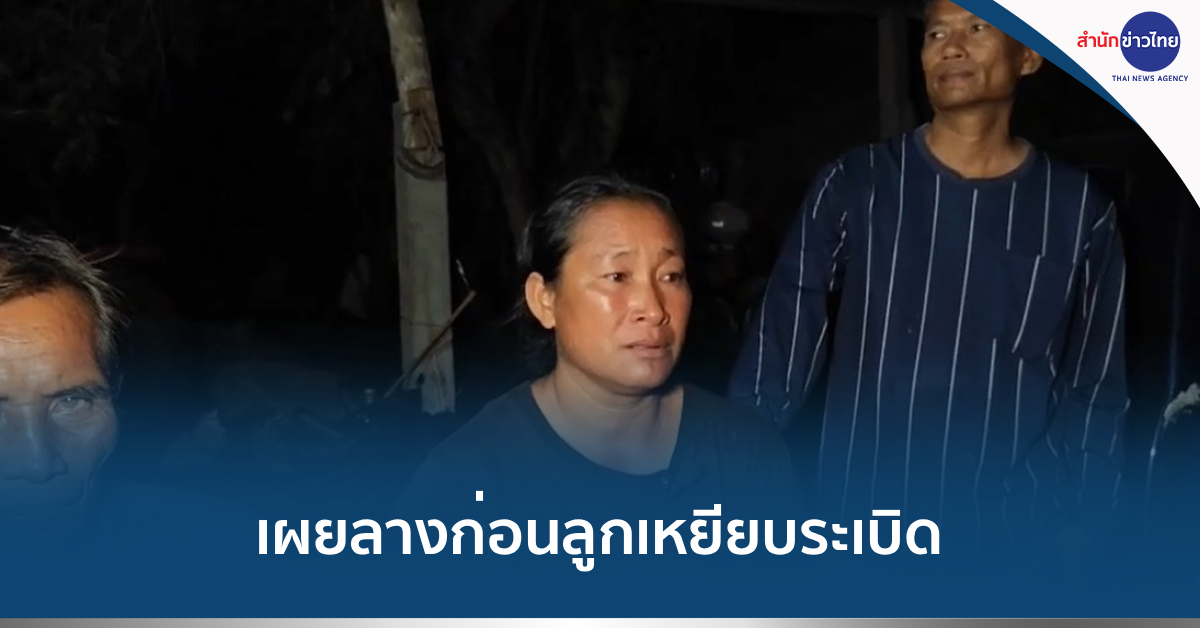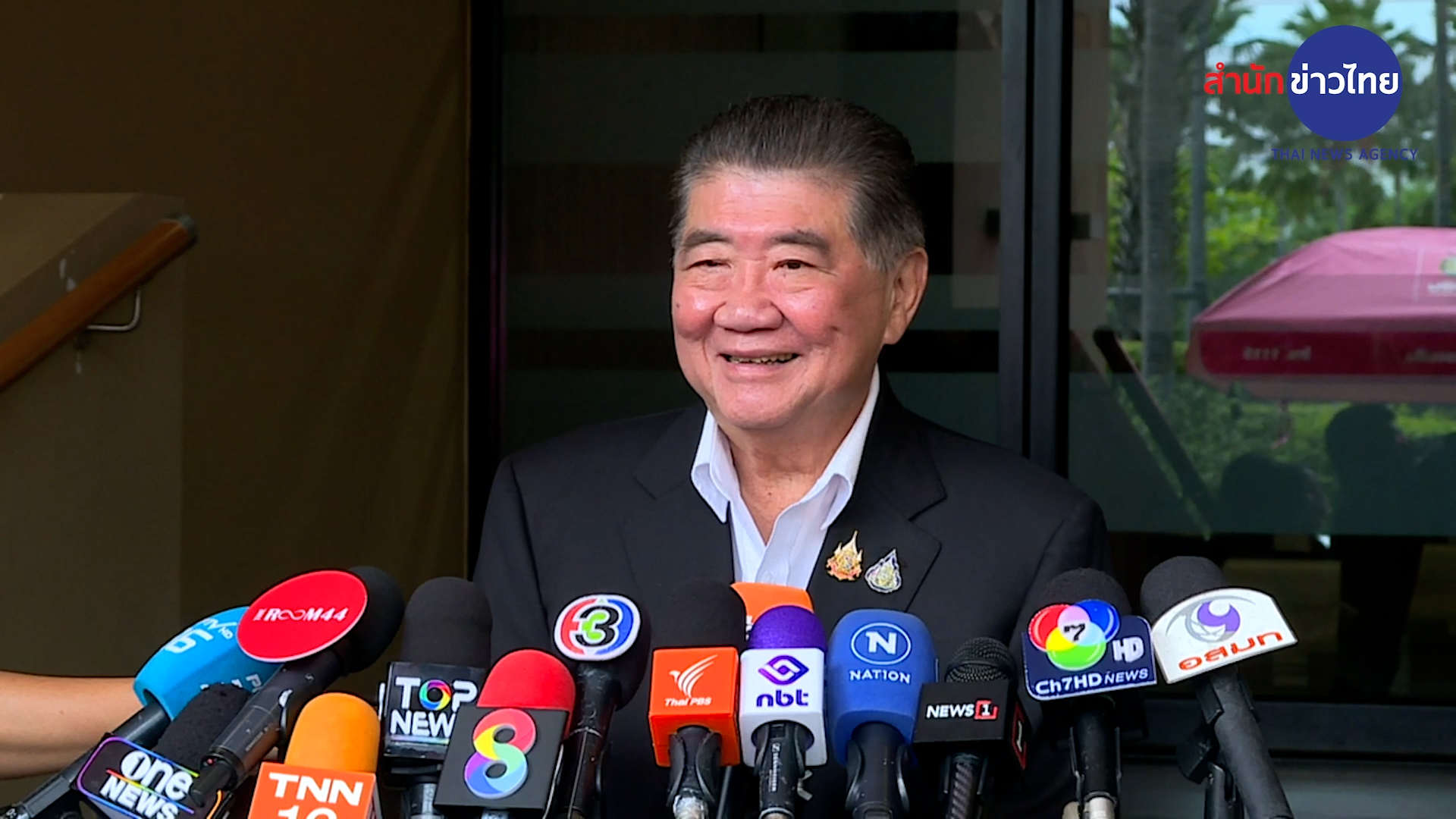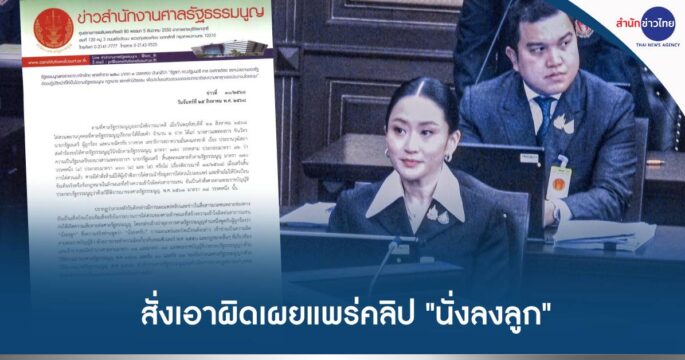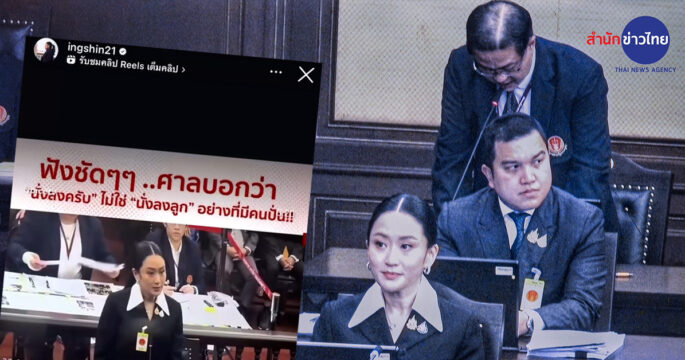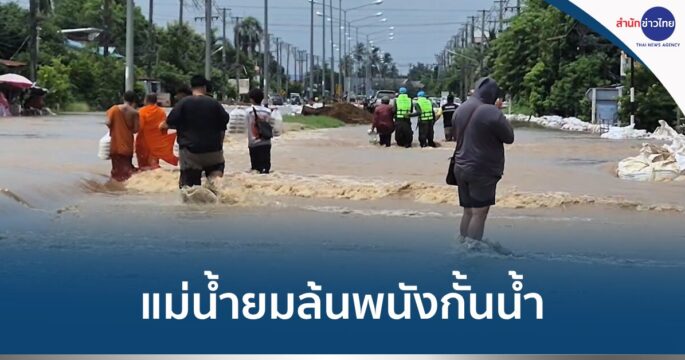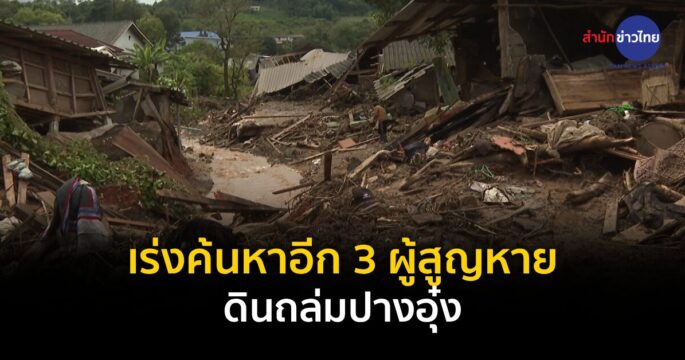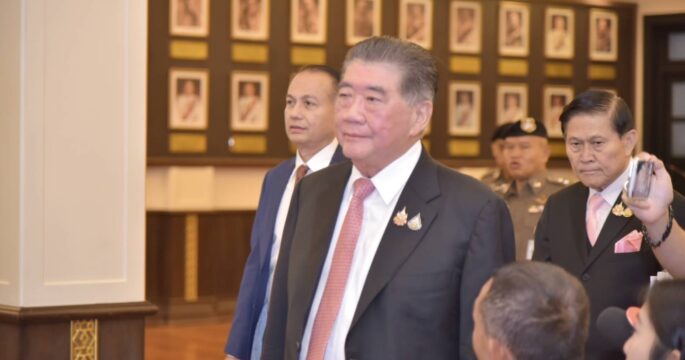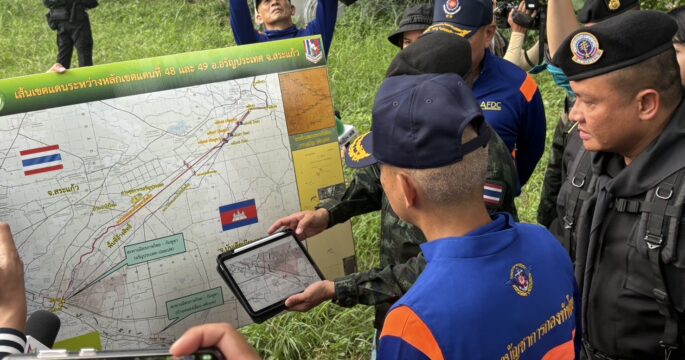CHIANG RAI, May 30 (TNA) – Thai border rivers, especially the Kok and Sai, are facing severe arsenic contamination, with levels far exceeding safety standards. This alarming situation is raising concerns among local communities and presenting a major challenge for the Thai government.
Attention has turned to chemical leaching from mining operations in Myanmar’s Shan State as a suspected source.
Satellite imagery from Thailand’s Geo-Informatics and Space Technology Development Agency (GISTDA) shows over 40 land-clearing sites in the Kok and Sai headwaters in Shan State over the past two years, correlating with increased river turbidity and arsenic levels.
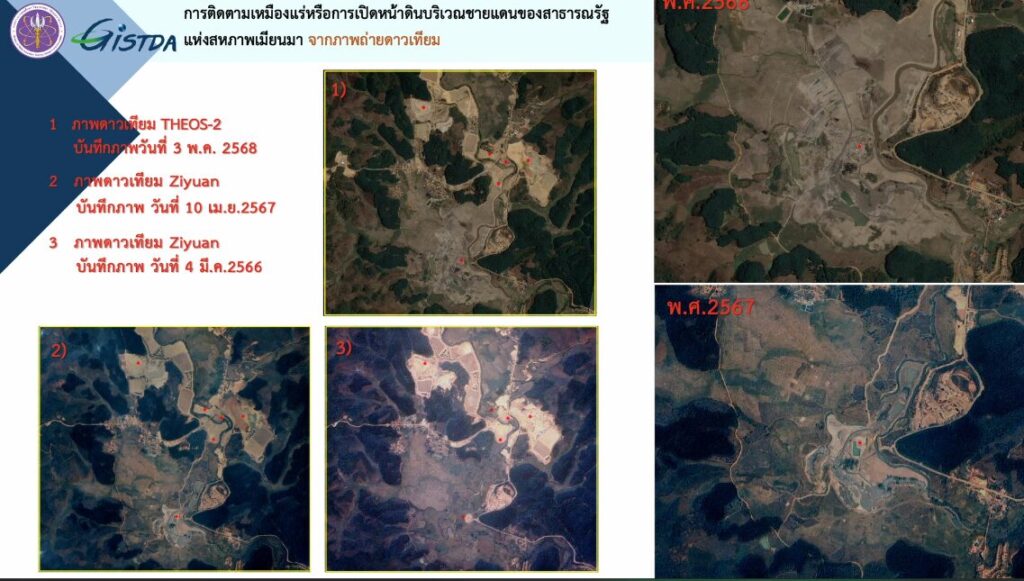
Further photographic evidence from Myanmar networks and additional satellite images clearly reveal multiple mining sites in Shan State, including in the Kok and Sai headwaters.
This aligns with Shan Human Rights Foundation reports detailing gold mining by at least four Chinese-funded companies along the Kok River in United Wa State Army (UWSA)-controlled Mong Yawn, south of Mong Hsat, since 2023. These operations, it said, worsened heavy Kok River flooding in September 2024, which submerged Peng Kham village in Mong Yawn under mud-laden floodwater.

A Thai News Agency team observed a mine near the Sai River, opposite Thailand’s Chiang Rai, specifically near Mae Fa Luang District. The site showed land clearing and pyramid-shaped soil piles. Combined with satellite imagery, mining engineering academics believe this indicates a chemical heap leaching operation, where gold-dissolving chemicals are piped onto ore piles, then the resulting liquid is collected for gold extraction.
However, Asst. Prof. Dr. Sivaroj Sirilak, a lecturer in Mining Engineering at Rajamangala University of Technology Lanna, stated that without identifying the specific chemicals used, it is premature to blame this or other mines for the Sai River’s arsenic contamination. Confirmation, he noted, requires testing water and soil samples from the affected areas.
He argued that building weirs to trap sediment and arsenic offers only a superficial fix, advocating instead for negotiations with all parties to identify the true source and implement preventative measures upstream.
This task is complicated by the fact that most mines are in Wa-controlled areas inaccessible to Myanmar authorities, and are further complicated by Chinese investment.
Yet, the Thai government must urgently address the problem before arsenic further contaminates the Kok and Sai Rivers and flows into the Mekong, transforming it into a cross-border toxic pathway and endangering downstream communities. -819 (TNA)
